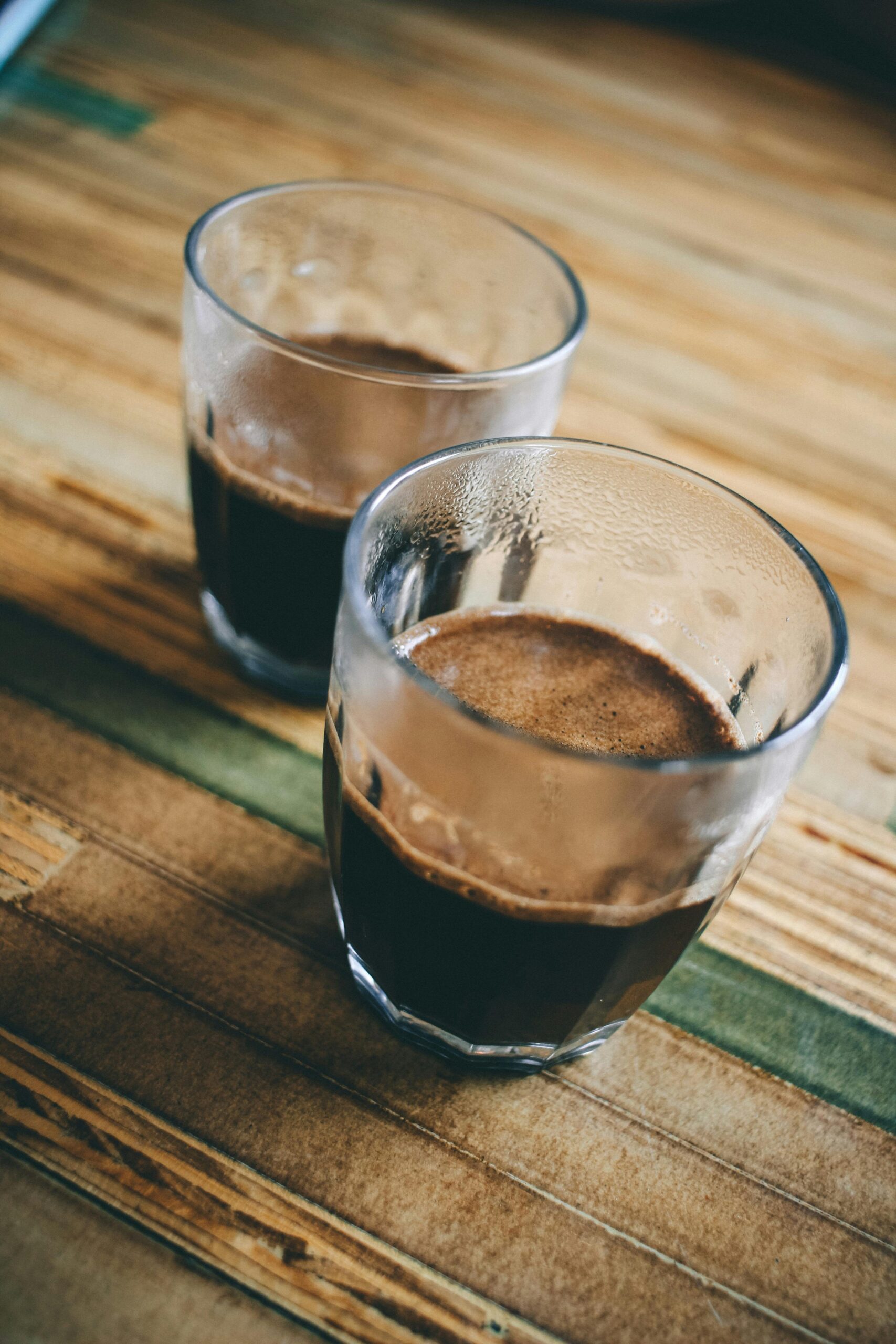Understanding decaf coffee means separating rumor from reality and savoring a drink that often hides in plain sight. Many baristas reach for decaf near closing time, while countless enthusiasts enjoy it throughout the day without losing sleep. Yet misconceptions linger, and curiosity about the craft behind removing caffeine remains high. In the next sections you will discover how decaf is produced, why it tastes the way it does, and what you can expect in every carefully brewed cup.
Why Decaf Coffee Deserves Attention
Decaf coffee has evolved far beyond the bland brews of decades past, thanks to careful plant selection, refined processing, and modern roasting profiles. Specialty roasters now treat decaf with the same respect given to any single‑origin lot, showcasing regional traits and post‑harvest nuances. The result is a beverage that delivers depth, sweetness, and balance without the buzz, giving coffee lovers another way to enjoy their favorite ritual at any hour.
Common Myths Surrounding Decaf Coffee
Decaf Coffee Has No Flavor
Early commercial decaffeination stripped beans of aromatic compounds along with caffeine, leading to a flat cup. Contemporary methods preserve delicate acids and sugars, allowing notes of chocolate, citrus, or florals to shine. When sourced and roasted with intent, decaf coffee can rival its fully caffeinated counterpart, offering complexity that surprises seasoned tasters and newcomers alike.
Decaf Coffee Is One Hundred Percent Caffeine‑Free
No current method removes every trace of caffeine, and regulations typically permit up to three percent of the original content to remain. A standard eight‑ounce serving of decaf averages two to five milligrams of caffeine, compared with roughly ninety‑five in regular coffee. While not totally void, the concentration is low enough that most people experience little to no stimulant effect, especially when consumed in moderation.
Decaf Processing Uses Harsh Chemicals
The image of beans bathed in toxic solvents lingers, yet the majority of reputable producers rely on food‑safe compounds or water‑based techniques. Even when chemicals such as ethyl acetate appear, they are naturally derived from sugarcane or fruit and evaporate fully during roasting. Strict international guidelines, frequent lab testing, and transparent certifications ensure that decaf coffee reaches the consumer free of harmful residues.
Decaf Coffee Is Only for Health Concerns
People choose decaf coffee for many reasons beyond medical advice or pregnancy. Some appreciate a mellow evening cup, others enjoy pairing dessert with nuanced flavors, and many alternate between decaf and regular to manage overall caffeine intake. Treating decaf as a legitimate culinary option instead of a compromise broadens the coffee experience and supports farmers who cultivate dedicated low‑caffeine lots.
The Science Behind Decaffeination
Removing caffeine while preserving taste requires a delicate balance of chemistry, time, and temperature. Caffeine molecules are water‑soluble, yet so are the sugars, lipids, and acids that create flavor. Successful decaffeination targets caffeine selectively, minimizing the loss of desirable compounds. Three primary methods dominate specialty production today, each with unique advantages and sensory outcomes.
The Swiss Water Process
Beans soak in pure water to create a saturated solution of coffee solubles minus caffeine through proprietary carbon filters. Fresh green coffee then enters this solution; caffeine flows out while flavor compounds remain in equilibrium. No direct chemicals touch the beans, and the process is certified organic by multiple agencies. Cups produced via Swiss Water often retain bright acidity and layered sweetness appreciated by discerning palates.
The Ethyl Acetate Process
Sometimes called the natural sugarcane method, this approach uses ethyl acetate extracted from molasses or fruit. Steamed beans repeatedly bathe in the solvent, which bonds more readily with caffeine than with larger flavor molecules. Following several cycles, hot air removes residual acetate before gentle drying. The resulting coffee tends to highlight caramelized sugars and a rounded mouthfeel, making it popular among Latin American decaf offerings.
The Carbon Dioxide Method
Supercritical carbon dioxide acts as both liquid and gas under high pressure, selectively binding with caffeine molecules lodged within the bean matrix. Once the pressure drops, caffeine precipitates out, and the CO₂ is recycled for future batches. Because carbon dioxide is inert and leaves no residue, this method excels at preserving volatile aromatics. Coffees treated through CO₂ often display pronounced floral or fruity notes with minimal flavor alteration.
From Farm to Cup: How Decaf Coffee Is Made
Green beans destined for decaf start their journey much like any other coffee, ripening on trees nurtured by precise agronomy. Harvested cherries undergo traditional pulping or natural drying before shipment to specialized decaffeination facilities. There, careful sorting removes defects to ensure uniform exposure during processing. After caffeine extraction, the beans are re‑dried to safe moisture levels, bagged in climate‑controlled warehouses, and transported to roasters who tailor profiles to accentuate inherent sweetness, balance acidity, and develop pleasant aromatics.
Tasting and Brewing Decaf Coffee
Approach decaf coffee with the same curiosity applied to any high‑quality lot. Freshly grind the beans to release volatile fragrances, inhale the dry aroma, and note impressions of cocoa, dried fruit, or warm spice. During brewing, observe bloom vigor; carbon dioxide is present though slightly reduced compared with regular coffee. Use water between ninety‑two and ninety‑six degrees Celsius and adjust dose or grind to balance sweetness and body. Blind tastings often reveal that even experienced professionals struggle to distinguish decaf when roast and origin shine.
Tips for Choosing Quality Decaf Coffee
Seek transparency on origin, processing method, and roast date to gauge commitment to freshness and ethical sourcing. Favor roasters who share cupping notes and roast decaf separately rather than treating it as an afterthought. Pay attention to packaging; oxygen‑barrier bags with one‑way valves prolong shelf life, preserving nuanced flavors. Buying smaller quantities more frequently ensures that decaf coffee delivers vibrant character in every brew.
Final Thoughts on Embracing Decaf
Decaf coffee no longer occupies a dusty corner of café menus; it stands as a testament to scientific ingenuity and culinary artistry. By understanding its myths, appreciating its truths, and learning how it is made, you can expand your sensory world without sacrificing sleep or well‑being. Whether you reach for a sugarcane‑processed Colombian at sunrise or a Swiss Water Ethiopian alongside dessert, decaf invites you to savor café culture around the clock. In doing so, you honor growers, processors, and roasters who pour equal passion into every low‑caffeine bean, proving that flavor transcends caffeine content.

